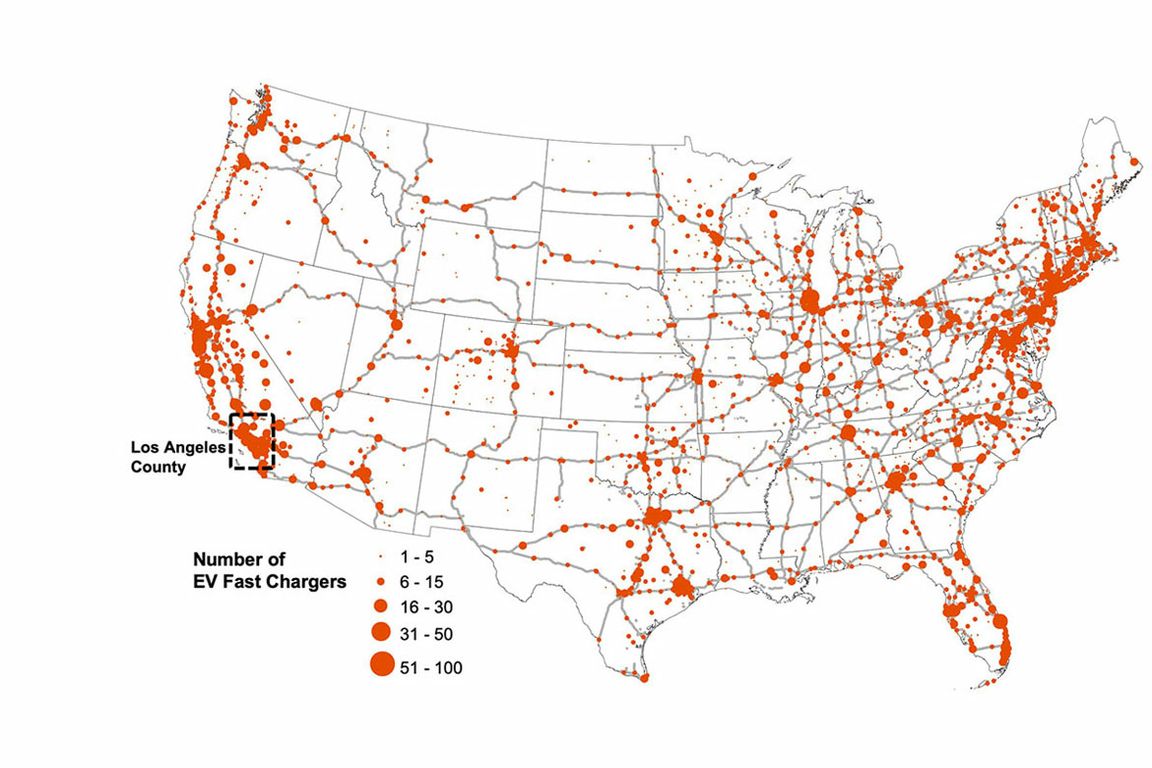- At the charging stations, daily concentrations of dangerous air particles, known as PM2.5, ranged from 7.3 to 39.0 micrograms per cubic meter.
- Urban sites without fast-charging stations had concentrations of PM2.5 ranging from only 3.6 to 12.4 micrograms per cubic meter.
- The tiny particles likely come from particle resuspension around Direct Current Fast Charging power cabinets. Cooling fans designed to prevent the electronics from overheating can also stir up dust and particles from internal surfaces.



I just web searched the names of this research team… The last one on the list is a teeth-puller, folks.
Yuan Yao, teacher of sustainable systems.
Muchuan Niu, UCLA student, MS in Environmental Sciences.
Haoxuan Chen, Stanford student, machine learning.
Qiao Yu, Shanghai A.I. Laboratory.
Qingyang Wu, private A.I. developer.
Yuhang Li, student, Art History, A.I. cloud data processor.
Yijie Zhang, UCLA student, A.I. machine learning.
Aydogan Ozcan, UCLA, computational imaging and deep learning optics.
Michael Jerrett, teacher at UCLA, geographic information systems science, spatial exposure science.
Yifang Zhu, student in Environmental Sciences, associate of UCLA Fielding School project group, funds and\or law underwriter for Mobility Justice Frameworks (Mobility Justice is an almost eco-extremist entity that also uses racial cause to gather USDOT public funding).
My bottom-of-the-rabbit-hole best guess. Create premature science data media for campaigns for lawmakers to push for more greenspaces in urban areas.